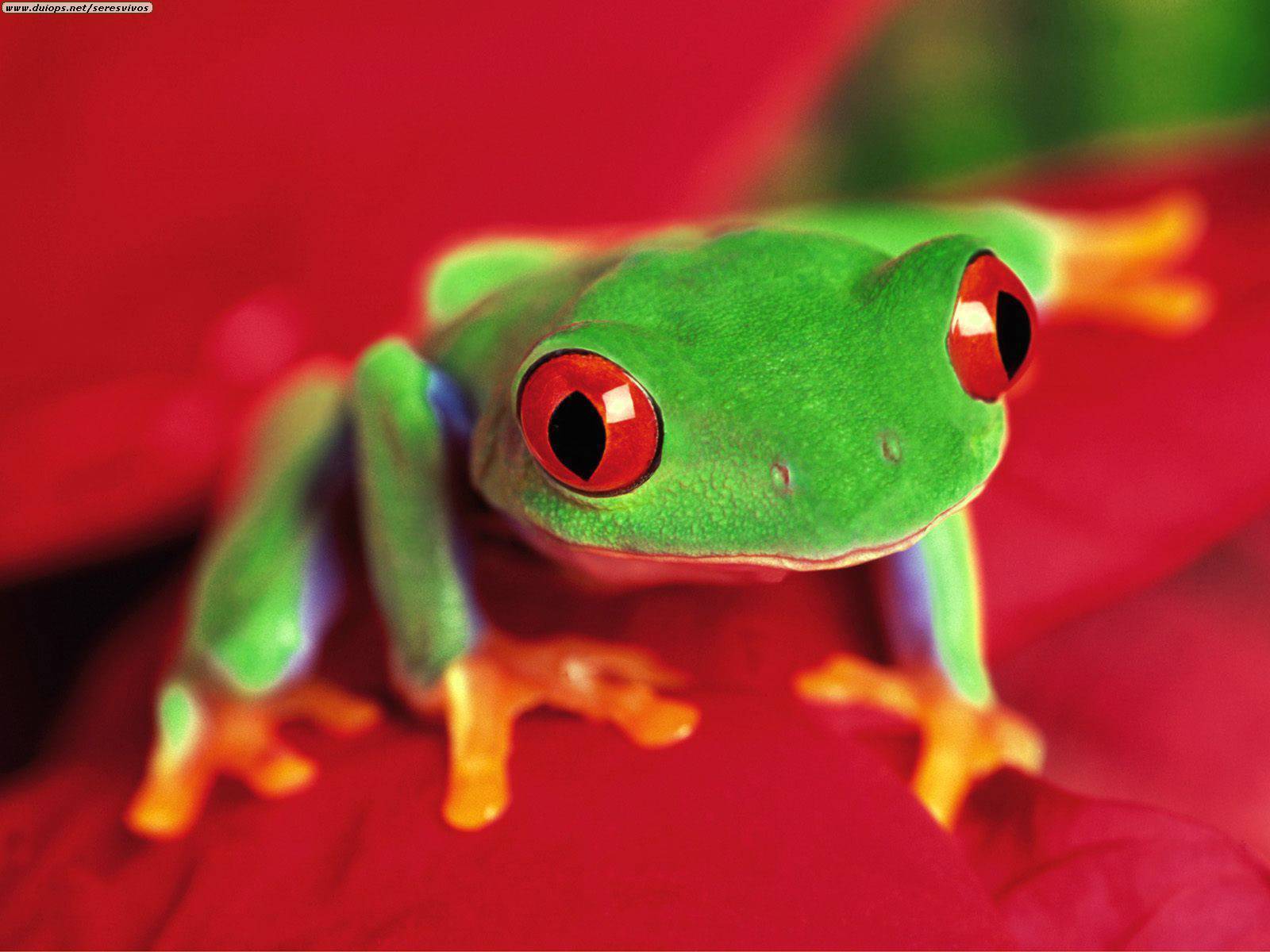Going to the Dallas World Aquarium was so much fun. My partner (Delaney Neubauer) and I had so much fun going around and taking pictures with all the animals. The most exciting part was seeing the sharks swimming all around us. It was actually kind of trippy after you looked at the tank for too long. My eyes started to cross, and that just made it so much more interesting. I also had a fun time getting to feed the toucan. It was cool to feel its beak just nibble the food right out of my hand. The DWA met my expectations and even exceeded them. I loved getting to spend the day away from school. Also it was very cool for myself to be able to identify many of the fish that were there. This was a great field trip and i hope someday i will get the chance to go back to the DWA(:
Monday, May 27, 2013
Invasive Weeds
All about Invasive Weeds
Scientific Name: Alternanthera philaxeroides
Common Name: Alligatorweed
Description: Emergent shoreline plant, aggressive, mat-forming perennial
Reproduction: Spreads from seed or plant fragments
Problems Caused: can impede navigation and displace native vegetation

Scientific Name: Myriophyllum spicatum
Common Name: Eurasian Watermilfoil
Description: Submerged, stems and red when actively growing
Reproduction: Spreads by seeds, fragments and stolens
Problems Caused: Can impede navigation and shade out native vegetation

Scientific Name: Slavinia molesta
Common Name: Giant Salvinia
Description: Free floating aquatic fern, forms dense mats, root hairs on the leaves resemble "egg beaters" structure. Known to grow 3 feet above the surface of the lake.
Reproduction: Spreads rapidly by buds
Problems Caused: reduces oxygen exchange and negatively effects water quality and habitat. Once established it is almost impossible to eradicate.

Scientific Name: Hydrilla verticuillata
Common Name: Hydrilla
Description: submerged perennial aquatic plant, used mainly for aquarium habitats.
Reproduction: Spreads through tubers, turions, stolons, and fragments. NO SEEDS
Problems Caused: Shades out desirable native vegetation, impedes navigation, and can also grow more than one inch a day.

Scientific Name: Lythrum salicaria
Common Name: Purple Loosestrife
Description: invasive wetland plant, added to wetlands for color.
Reproduction: each plant can produce 2-3 million seeds
Problems Caused: Clogs irrigation canals, causes problems in all 50 states except Florida, replaces native vegetation.

Scientific Name: Eichhornia crassipes
Common Name: Water Hyacinth
Description: "worlds worst weed", one of the fastest growing plants known.
Reproduction: daughter plans and forms thousands of seeds
Problems Caused: uptakes nutrients in the water and releases H ions which acidify the water, and dense mats reduce oxygen levels and block waterways.

Scientific Name: Pistia stratiotes
Common Name: Water Lettuce
Description: looks like lettuce, rosette of grey-green leaves.
Reproduction: daughter plants
Problems Caused: large mats than affect habitat and impede navigation

Scientific Name: Pistia stratiotes
Common Name: Water Lettuce
Description: looks like lettuce, rosette of grey-green leaves.
Reproduction: daughter plants
Problems Caused: large mats than affect habitat and impede navigation

PREVENTION FOR ALL INVASIVE WEEDS
1. NEVER put aquarium plants in lakes, rivers or wetlands.
2. Please check boat trailers and props when leaving a lake.
3. Don't transport harmful aquatic plants.
Thursday, May 2, 2013
Amphibians
Amphibians
Difference between Toads and Frogs
Toads:
walk
keep mostly on land
lay eggs in long chains
skin is dry and bumpy
eyes do not bulge out
(Poison gland behind the eye)
no teeth
jump (jump up to 36X their own length)
keep mostly on water
(go down when the sun shines)
lay eggs in clusters
skin is moist and smooth
eyes bulge out
vomerine teeth in upper jaw
Why are amphibians considered to be an indicator of the health of our ecosystems?
Bioindicators, they have permeable skin that can easily absorb toxic chemicals. They indicate the health of the biosphere. Amphibians are also used to assist in medical research.
Why has their been a decrease in their population?
Many reasons including pollution, infectious diseases, habitat loss, invasive species, climate change and over-harvesting greatly affect the population of Amphibians.
What could be done to prevent it?
Numerous things can be done to prevent a drastic decrease in the Amphibian population.
Do not use pesticides, these toxic chemicals are very dangerous to the species.
Don't eat frog legs. The harvesting of Amphibians for the food trade is often unregulated, which results in a primary contributor to Amphibian declines.
Do not purchase wild caught Amphibians.
Don't set your pet frog loose into the wild.
Drink tap water instead of bottled water.
Last but not least Reduce, Re-Use, Recycle!!
How to Assess a Pond
Steps to Assessing a Pond

1. Observe
- dead fish, oil, oily film, plants, algae blooms
2. Observe the Algae
- specifically observe the algae found in your pond, and also can observe different algae samples underneath a microscope

3. Observe Insects under the microscope.

4. Test for Nitrite, Ammonia and Nitrate.

5. Locating the actual problem. Now it is time for the chemical panel.
- Identifying mercury, chemical pollution, gas leaks, oil, chlorine and soapy/foamy waters.
Subscribe to:
Posts (Atom)
